MEDITERRANEANSUNSET CENGİZBODUR

to my dear mom and dad sevgili anne ve babama


to my dear mom and dad sevgili anne ve babama
9-30 MARTMARCH 2018
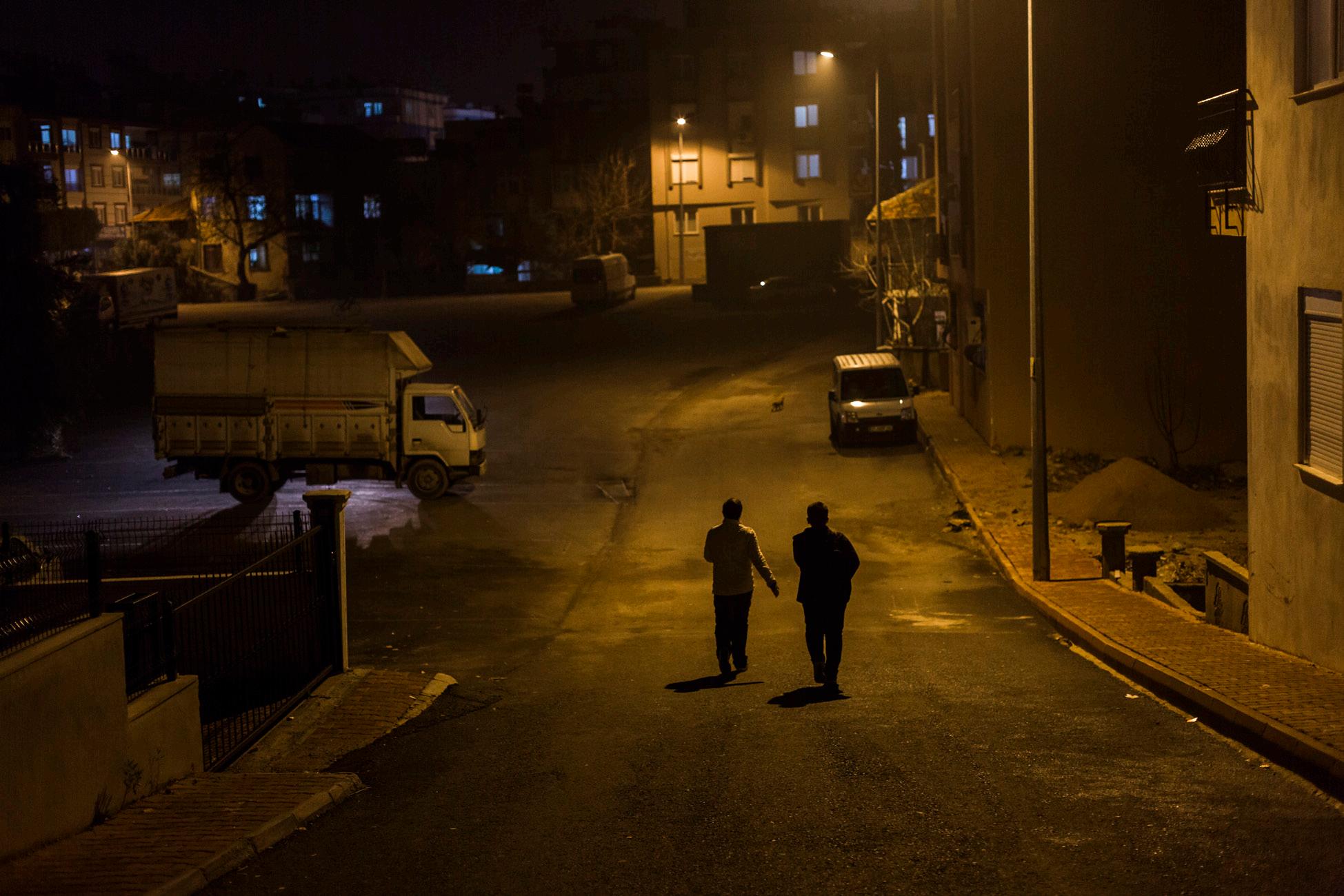
Now, in my wisdom, if I use the word ‘city’, I use it not to put forward thoughts, but to indicate things that it fills in my heart and what experience has taught me: my loneliness in its narrow streets; the sharing of bread in its houses; the glory of its partial appearance viewed from the fields; it’s fascinating order viewed from the mountain hills… and also many other things that either I cannot say or I never thought about at that moment.
Şimdi, bilgeliğimde, ‘kent’ sözcüğünü kullanıyorsam, düşünce yürütmek için değil, yalnızca yüreğime doldurduklarını ve deneyimin bana öğrettiğini, daracık sokaklarında yalnızlığımı, konutlarında ekmeğin paylaşılmasını, ovada yarıdan görünüşünün şanını, dağların tepesinden hayran kalınan düzenini belirtmek için kullanıyorum. Bir de söyleyemediğim, o anda hiç mi hiç düşünmediğim birçok şeyleri.
Antoine de Saint-Exupéry

The memories recorded in our minds are made up of the images of what we have experienced throughout our lives and the feelings evoked by these experiences and images. We remember the things that we have experienced, at times with their naked reality, frequently close to reality and sometimes without any relevance to the reality, since the events we forget, or disremember, over time are re-written differently in our memory before we realize. With the invention of photography, this game of reminiscence played by our minds has come closer to the truth and has embodied and enabled the documentation of our memories.
Using photography as a means of expression of what he sees and feels, Cengiz Bodur creates a documentary of the ordinariness of everyday life. He is presenting his studies of the last three years focusing on people, life and the city (Antalya) with the title Mediterranean Sunset.
The rhetoric whereby cities are likened to living organisms that absorb traces of everything living in them has often been cited. As early as the 14th Century, Ibn al-Haldun established similarities between cities and human beings, stating that “Cities, like humans, are born and die.”
Cengiz Bodur’s Mediterranean Sunset exhibition draws a correspondence between the transformation of the city and his father’s life as a metaphorical expression through photography. The prominent feature of Bodur’s photography is the use of light and shadow. The pictures he is taking today manifest themselves both as a representation of the memories lived or never experienced with his father, and also as a travel story.
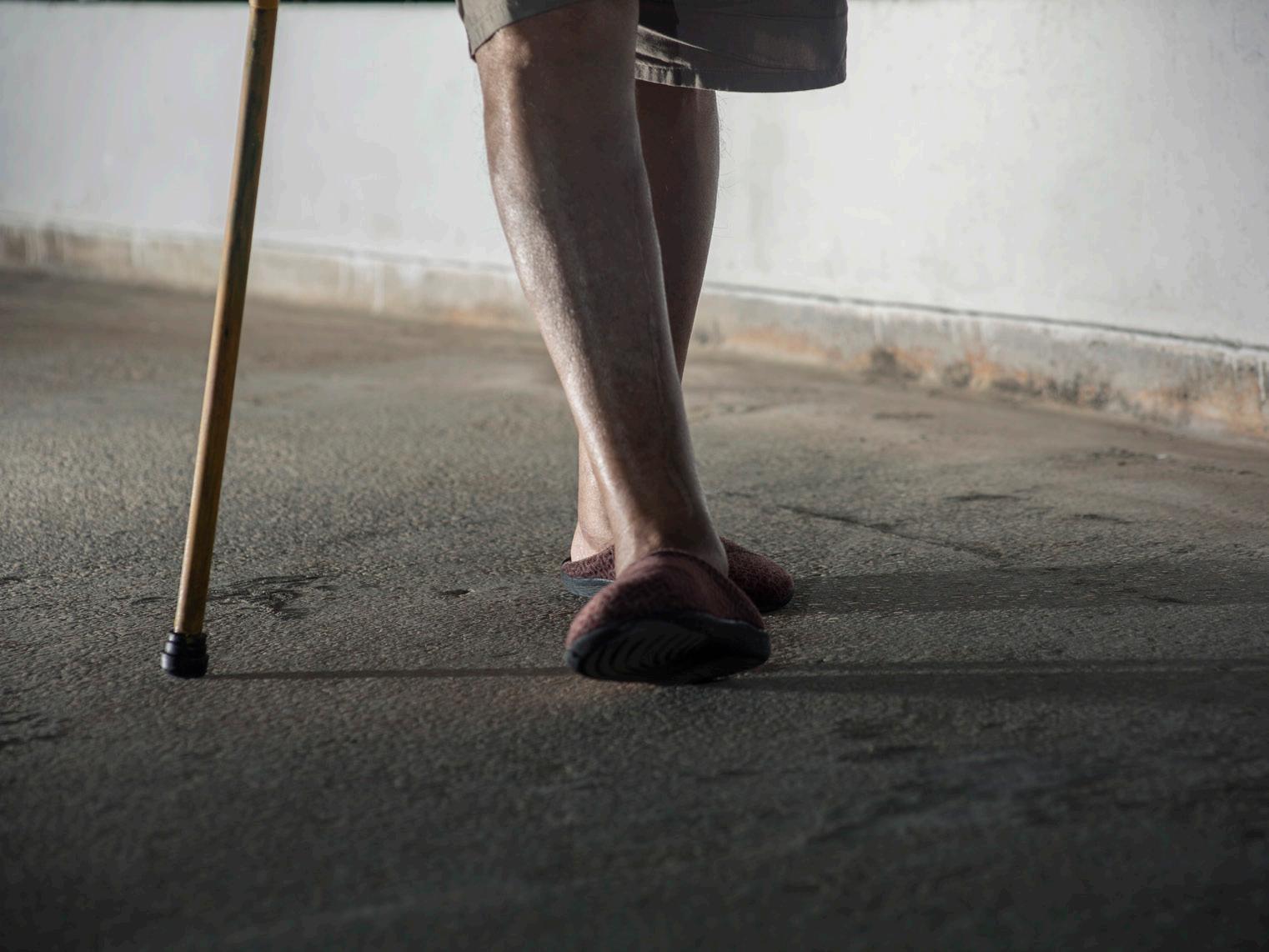
Hatıralarımız, hayatımız boyunca yaşadıklarımızın hafizamıza kaydedilen görüntülerinden ve bu deneyimler ile görüntülerin bizlere hissettirdiklerinden ibarettir. Yaşadıklarımızı bazen salt gerçeklikleriyle, bazen gerçeğe yakın, bazense gerçekle hiç bir alakaları olmadan hatırlarız. Çünkü zamanla unuttuğumuz, hatırlamakta güçlük çektiğimiz olaylar biz farkına varmadan belleğimizde yeniden farklı biçimlerde yazılırlar. Fotoğrafın icadıyla birlikte zihnimizin bize oynadığı bu anımsama oyunu gerçeğe yaklaşmış, somutlaşmış ve anılarımızın belgelenmesine olanak sağlamıştır. Fotoğrafı gördüklerinin ve hissettiklerinin bir ifade aracı olarak kullanan Cengiz Bodur, gündelik yaşamın sıradanlığının belgesel nitelikteki kaydını oluşturmaktadır. İnsan, yaşam ve şehir (Antalya) üzerinde yoğunlaştırdığı son 3 yıllık çalışmalarını bize Akdeniz’de Günbatımı başlığıyla sunuyor.
Şehirlerin yaşayan bir organizmaya benzetilmesi ve yaşayan her şeyin izini taşıdığına dair söylemler, sıklıkla dile getirilmiştir. İbn-i Haldun henüz 14. Yüzyılda, şehir ve insan arasında benzerlik kurarak “şehirler de insan gibi doğarlar ve ölürler” demiştir.
Cengiz Bodur’un Akdeniz’de Günbatımı sergisi, metaforik bir anlatım olarak şehrin geçirdiği dönüşüm ile babasının yaşamı arasında fotoğraf aracılığıyla paralellikler kurmaktadır. Bodur’un fotoğraflarında öne çıkan ışık ve gölgenin kullanılış biçimidir. Bugün çektiği fotoğraflar kendilerini babayla yaşanmış/yaşanmamış zamanlarla anıların bir temsili ve bir yolculuk hikayesi olarak gösterir.

Janus, as the only god with two faces, is a remarkable figure in Roman mythology. Contrary to ordinary interpretations, the two heads of Janus do not represent hypocrisy. Janus has two different presences/natures facing two different times. In the concept of hypocrisy, one of the faces is real and the other one unreal, but in the case of Janus both natures are equally real. One is the reality of the past, while the other is the reality of the future. These two faces show the time, the only concept that human beings cannot control, but it also indicates the elapsing of time, independent of everything. Janus is independent of the elapsing of time, therefore while one of his two natures is looking at the past, at the same time the other can look to the future. As one of them watches events that are over, the other one prepares itself to witness the phenomenon that begins, or will begin to happen.
Janus appears as a bridge between life experiences, since he continuously watches the events that had started on the timeline, continued to exist for a while and were finished afterwards, and the transitions between these processes through his faces looking both sides. While change, deformation, growth and aging takes place, he is the only being that has the privilege and the ability to witness every moment that leads to the disappearance, as well as the existence. He is the bridge that connects the different stages of the body, the gate between the states of consciousness experienced by the soul. Man has to pass through the stages of childhood, adolescence, youth, maturity and old age under the compelling shadow of time. There is no other way. This shadow can only be observed entirely from the point where Janus watches the universe. Janus’s eyes are on every stone of the bridge used when passing from infancy to childhood, or from maturity to old age. Since he does not exist in time like mortals, he looks at each piece that forms the bridge, together with what stage the individual is at that moment. While in one gate a person is seen as a child playing a game, in another, he appears as an elderly man who has now handed over his role in life to his own child. Janus witnesses all of these moments at once. As man proceeds on the timeline, Janus, with his being not subject to that line, has the privilege of monitoring every time-dependent entity from above.
It is precisely because of this that every point of past, present and future is in right now for him. The words happened, happening or will happen do not exist; everything is happening right now.
Janus looks at the smiley face of the world through his one face while witnessing the meeting of a seed with earth, to its becoming a sapling, turning into a tree and giving fruit; that is to say to an entity’s getting a ground in life and leaving traces behind. With his other face he watches the traces left behind by that same seed, as well as seeing it consuming life and disappearing as a tree moment to moment. This second presence/ nature of Janus points to the dark side of the world, and while watching every goodness turn into evil, every life evolving into death, it proves the undeniable duality of the world. The perishing of every living or lifeless thing as time goes by, or in other words, the fact that time passes in order to eventually destroy everything, is witnessed by Janus and mortals from different perspectives.
We do not need the mythological powers of Janus to trace and understand the linear process of a seed’s existence. It is a process in which an ordinary person can get involved in its story. But the process of constructing one’s existence is not a phenomenon that can be understood through a physical change. The routes through which the body passes in this process may physically occupy the outside world, but the real journey is the one that the soul undergoes. Since we are not able to exist out of time and have the full knowledge of what goes on simultaneously, we construct the present (and therefore the future) by the experiences left from the memories of the past. Everything we remember about the past is actually an expression of a meaning for the new. Every point in the past is a stop in the journey of the spirit, a new phase reached by the contributions of the previous ones. These points form a route over time and, through these points, a physical and spiritual journey is constructed. Even if the direction of these routes is reflected from the lines around the eyes or on the hands, this is not capable of expressing how deep a line is or what is hidden in such deepness.
As the body matures and changes, like a sapling turning into a tree, what was experienced and scraped on one’s soul cannot be traced by simply looking at the body. This journey, which even Janus could not comprehend, reveals clues about itself, first in the body’s development and then in its
deformation. Although he can look at these transition periods without any gap between them, Janus cannot see the traces that are formed along the way. Even if it is something ordinary for Janus, who has two faces to look at the existence or disappearance of a body, even his nature will not see the changes that the consciousness of that body underwent, for even Janus is not competent enough to imagine the merits of another consciousness. It is not the change itself that can be perceived, but the possibility of it.
Just like a seed’s attachment to life on the side of a road and the tree that it later becomes does not stick in the minds of people who pass by every day - even if they have the privilege of Janus - the changing process of a consciousness is also an unobservable truth for others. A person’s spirit or consciousness could not convey to someone else the events of which that person was the subject and the change/transformation they have caused. Since the consciousness observing these processes from outside will try to perceive the relevant person by seeing and watching him/her as an object, it will never be able to reach the deepest layers of the lines of the soul.
What is possible is not to be able to see, but to be able to look, like Janus does: To the human beings and to what they consciously do; to nature and to what it unconsciously brings into existence... To what nature ruins as man makes... To what man destroys as nature, in an accidental harmony, creates... Watching a child’s self-existence through the eyes of Janus while looking at a house, listening beneath the remains of the walls to the stories that makes that child’s soul that specific person. Or while imagining a happy, unfortunate, hopeful and desperate family under a pile of debris, which are not visible to a person’s eye, but only to Janus, it is precious to listen to the story that passes from a father to his son. Maybe it is impossible to bear witness to every point of the wrinkled hands we inherited from life, but as we walk between these lines it may become possible to see and listen to the stories to which those lines owe their existence, only by touching them.
Do the lines only change people, or are they turning them into people with a completely different consciousness? As a son gets older, does his soul only advances in time, or at the same time, while catching its breath in the same places, it gradually becomes his father’s soul?; we do not know. As the son gets older, perhaps the question of whether he turns into another being, just like the seed turns into a fruit, is beyond the perception of people who
are dependent on the timeline. Even if death is the destination at the end of this process, what one will experience in the stops before extinction is a mystery to us. While Janus watches this existential journey, he does not look at the one standing at a point or remaining the same at one point because everything is perceived in motion from his perspective. Maybe this motion is towards good and life, or towards evil and death. The only thing that man can do is to cherish the hope about the benefits of this motion. Since hope was the only thing that has not been thrown out when Pandora’s Box was opened, maybe this is the reason why we are trying to live this life witnessing, looking, seeing, trying to conceptualize every moment, just like Janus.


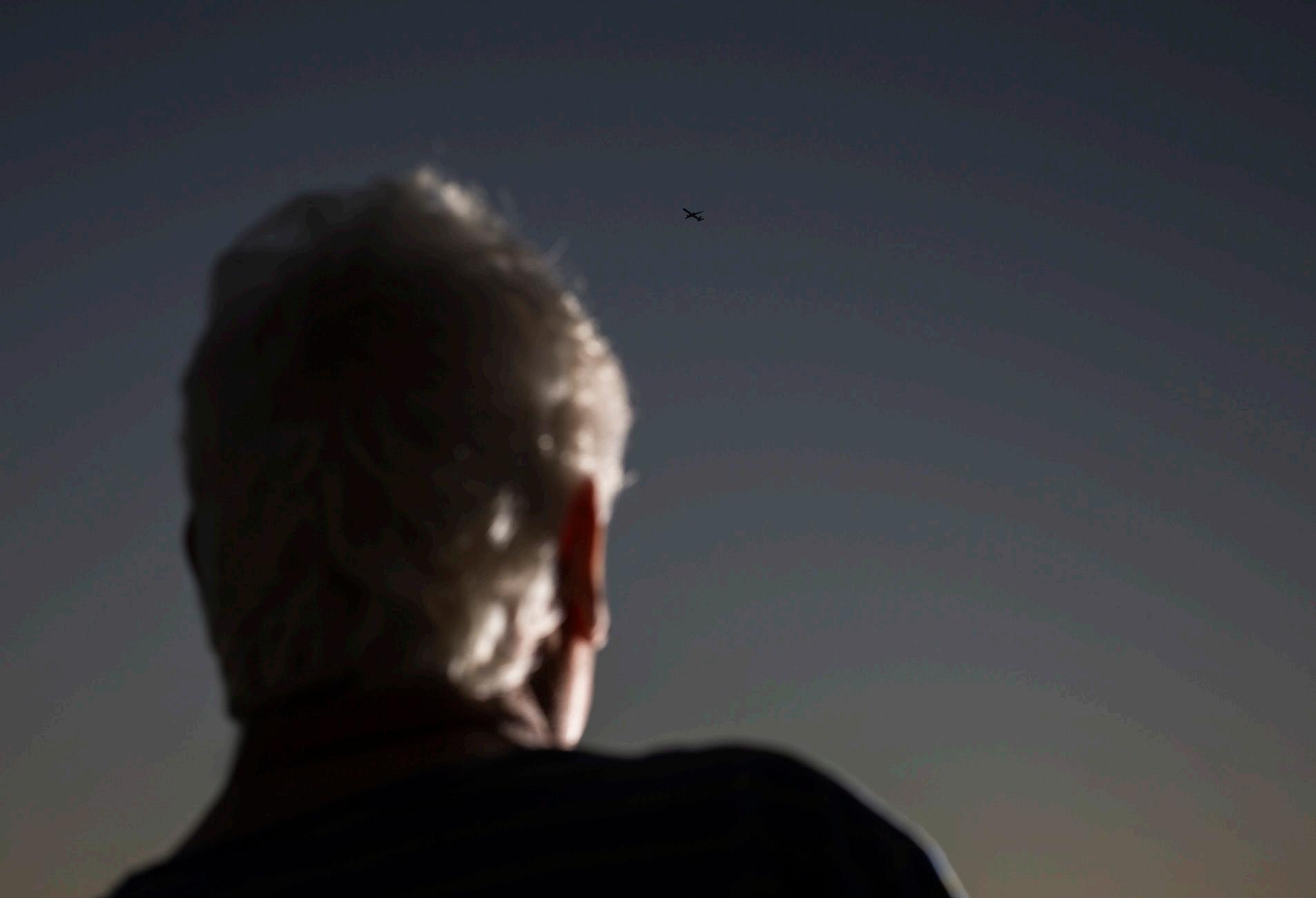
Roma mitolojisindeki Janus, iki yüze sahip tek tanrı figürü olarak dikkate değerdir. Janus’un iki tane başının olması, yüzeysel bir yorumlamanın aksine, ikiyüzlülüğü temsil etmez. Janus, iki farklı zamana bakan, iki farklı varlığa/doğaya sahiptir. İkiyüzlülük kavramında bir yüz gerçek iken diğeri yalandır. Fakat Janus’un iki doğası da eşit derecede gerçektir. Yüzlerden biri geçmişin, diğeri ise geleceğin gerçekliğidir. Bu iki yüz insanın kontrol edemediği tek kavram olan zamanı ve zamanın her şeyden bağımsız bir şekilde geçiyor oluşunu gösterir. Janus zamanın akışından bağımsızdır. Bu yüzden, iki doğasından biri geçmişe bakarken, bir diğeri aynı anda geleceğe bakabilir. Biri biten olayları izlerken, diğeri var olmaya başlayan ya da başlayacak olan olgulara tanıklık etmeye hazırlanır. Zaman çizgisi üzerinde başlamış, bir süre var olmaya devam etmiş ve sonrasında bitmiş olan olayları, bu süreçler arasındaki geçişleri, iki tarafa da bakan yüzleri sayesinde kesintisiz izleyen Janus, yaşanmışlıklar arasında bir köprü olarak belirir. O, değişim, deformasyon, büyüme ve yaşlanma gerçekleşirken, var oluşla beraber yok oluşa giden her ana şahit olabilen, bu ayrıcalığa ve algılayışa sahip tek varlıktır. O, bedenin farklı evrelerini birbirine bağlayan köprünün kendisi, ruhun deneyimlediği bilinç halleri arasındaki geçittir. İnsan bebeklik, çocukluk, ergenlik, gençlik, olgunluk ve yaşlılık aşamalarından zamanın zorlayıcı gölgesi altında geçmek zorundadır. Aksi olanaklı değildir. Bu gölge de ancak Janus’un evrene baktığı yerden bütünlük içerisinde izlenebilir. Bebeklikten çocukluğa ya da olgunluktan yaşlılığa geçilirken kullanılan köprünün her taşında Janus’un gözleri vardır. Ölümlüler gibi zamanın içinde var olmadığı için, köprüyü oluşturan her parçaya söz konusu bireyin o an hangi aşamada olduğu ile beraber bakar. Bir insan bir geçitte oyun oynayan bir çocuk olarak belirirken, bir diğerinde artık hayattaki rolünü kendi çocuğuna devretmiş yaşlı bir adamdır. Janus bu anların tümüne birden aynı anda şahit olur. İnsan zaman çizgisi üzerinde ilerlerken, bu çizgiye tabi olmayan varlığıyla Janus, varoluşu zamana bağımlı olan her varlığa yukarıdan bakabilecek ayrıcalıktadır. Tam da bu yüzdendir ki geçmişin, şimdinin ve geleceğin her noktası onun için şu an’dadır. Onun için olmuş, oluyor veya olacak kelimeleri yoktur; her bir şey olmakta’dır.
Bir yüzüyle, tohumun toprakla buluşmasına, bir fidan olmasına ve bir ağaca dönüşerek meyve vermesine, yani bir varlığın hayatta yer edinmesine ve iz bırakmasına tanıklık ederken dünyanın gülen yüzüne bakan Janus, diğer yüzüyle de, o tohumun artık arkasında bıraktığı izleri ve bir ağaç olarak ömrünü tüketip yok olmasını anbean seyreder. Janus’un bu ikinci varlığı/ doğası, dünyanın karanlık tarafına işaret eder ve her iyiliğin kötülüğe, her yaşamın ölüme evrilmesini izlerken, dünyanın inkar edilemez dualitesini de kanıtlar. Zaman geçtikçe canlı cansız her varlığın yok olmasını; bir başka deyişle zamanın eninde sonunda her şeyi yok etme amacıyla geçtiğini Janus farklı, insanlar farklı açıdan seyreder.
Tohumun var oluş sürecini çizgisel bir şekilde izlemek ve bunu anlamak için Janus’un mitolojik güçlerine ihtiyaç duymayız. Bu süreç, sıradan bir insanın dahil olabileceği bir hikâyedir. Fakat insanın varlığını oluşturma süreci fiziksel bir değişim aracılığı ile anlaşılabilecek bir olgu değildir. Bedenin bu süreçte geçtiği güzergahlar, fiziksel olarak dış dünyada yer kaplayabilir, ama esas yolculuk ruhun geçirdiğidir. Zamanın dışına çıkarak olan bitene aynı anda hakim olamadığımız için şimdiyi (dolayısıyla geleceği) geçmişin hatıralarından arta kalan deneyimlerle kurgularız. Eskiye dair hatırladığımız her şey, yeniye dair bir anlamın ifadesidir aslında. Geçmişte kalan her nokta ruhun yolculuğunda bir durak, kendinden öncekilerin katkısıyla varılan yeni bir aşamadır. Bu noktalar zaman içerisinde bir güzergah oluşturur ve bu noktalar aracılığıyla, hem fiziksel hem de ruhsal bir yolculuk kurgulanır. Bu güzergahların istikameti, gözlerin etrafında oluşan veya ellerin üzerindeki çizgilerden yansıyor olsa bile, bir çizginin ne kadar derin olduğunu, ya da o derinlikte nelerin gizlenmiş olduğunu anlatmaya muktedir olamaz. Beden, bir fidanın ağaca dönüşmesi gibi olgunlaşıp değişirken, hareket ettiği sürece yaşadıkları ve ruhuna kazınanlar kişinin bedenine bakılarak izlenemez. Janus’un bile anlayamacağı bu yolculuk kendisine dair ipuçlarını ilk olarak bedenin gelişiminde, daha sonra da deformasyonunda belli eder. Bu geçiş dönemlerine, aralarda hiç kopukluk olmadan bakabiliyor olmasına rağmen Janus, gelip geçerken oluşan izleri göremez. Bir bedene var olurken veya yok olurken bakmak iki yüze sahip olan Janus için sıradan bir şey dahi olsa, onun doğası bile söz konusu bedenin bilincinin geçirdiği değişimleri göremeyecektir. Çünkü Janus bile bir başka bilincin ne’liğini tahayyül edecek yetkinlikte değildir. Algılayışa açık olan değişimin kendisi değil, olanaklı oluşudur.
Bir yolun kenarında yaşama tutunan bir tohumun ve sonrasında dönüştüğü ağacın, o yoldan her gün geçen insanların zihinlerinde yer edinmemesi gibi, bir bilincin değişim süreci de başkaları için -Janus’un ayrıcalığına sahip olsalar bile- gözlemlenemeyen bir hakikattir. İnsanın ruhu ya da bilinci, yaşamı süresince öznesi olduğu olayları ve bu yaşadıklarının neden olduğu değişimi/dönüşümü bir başkasına aktaramaz. Bu süreçlere dışarıdan bakan bilinç söz konusu insanı bir nesne olarak görüp izleyerek algılamaya çalışacağı için, ruhun çizgilerindeki derinliğin en altına inme becerisini de hiç bir zaman gösteremeyecektir.
Mümkün olan görebilmek değil, Janus gibi bakabilmektir: İnsana, insanın bilinçli olarak yaptıklarına, doğaya, doğanın bilinçsizce var ettiklerine... İnsanın yaparken doğanın bozduklarına... Doğanın rastlantısal bir ahenkle yaratırken insanın mahvettiklerine... Bir eve bakarken bir çocuğun kendini var etmesini Janus edasıyla izlemek, duvar kalıntılarının altında o çocuğun ruhunu o kişi yapan hikayeleri dinlemek. Ya da bir moloz yığını arasında insanın o an göremediği ama Janus’un gördüğü mutlu, mutsuz, umutlu, umutsuz bir aileyi hayal ederken, babadan oğula geçen bir hikayeyi dinlemektir değerli olan. Yaşanmışlığın bizlere mirası kırışık ellerin her noktasına tanıklık etmek imkansızdır belki ama söz konusu çizgilerin arasında gezinirken, o çizgilerin varlıklarını borçlu olduğu hikayeleri görebilmek ve dinleyebilmek, o çizgilere dokunmakla mümkün hale gelebilir ancak.
Çizgiler insanları sadece değiştiriyor mu, yoksa onları tamamen başka bilinçlere sahip bireylere mi dönüştürüyor? Bir oğul yaşlanırken, ruhu sadece zamanda mı ilerliyor, yoksa aynı anda aynı mekanlarda durup soluklanırken giderek babasının ruhuna mı dönüşüyor, bilinmez. Bir oğul yaşlanırken, tohumun bir meyveye dönüşmesi gibi o da başka bir varlığa mı dönüşüyor sorusu, zaman çizgisine mahkum insanların algılayışını aşıyor belki de. Sürecin son noktasında ölüm olsa dahi, yok oluş öncesi duraklarda neler yaşanacağı bir muamma olarak duruyor karşımızda. Janus, bu varoluşsal yolculuğu izlerken bir noktada durana ya da aynı kalana bakmıyor çünkü onun perspektifinden her şey hareket halinde algılanmaktadır. Bu devinim belki iyiye, yaşama doğru, belki de kötüye, yok oluşa doğru gerçekleşir. İnsanın elinden gelen tek şey bu devinimin getireceklerine dair umut beslemek olabilir ancak. Pandora kutusunu açtığında dışarıya savrulmayan tek şey umut olduğu içindir belki de, bizlerin de Janus gibi her ana tanıklık ederek, bakarak, görerek, kavramaya çalışarak yaşamaya çalışmamız bu hayatı.

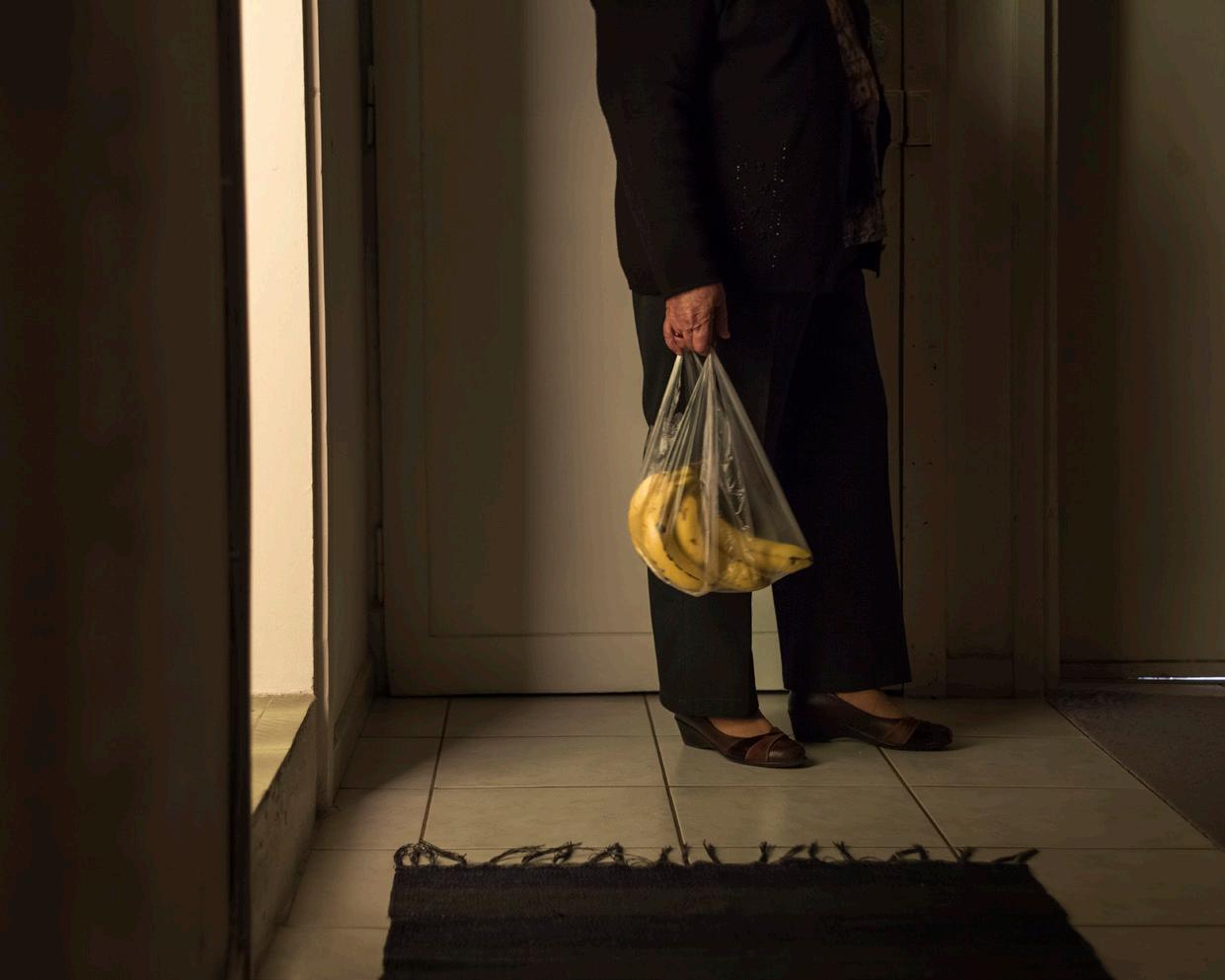
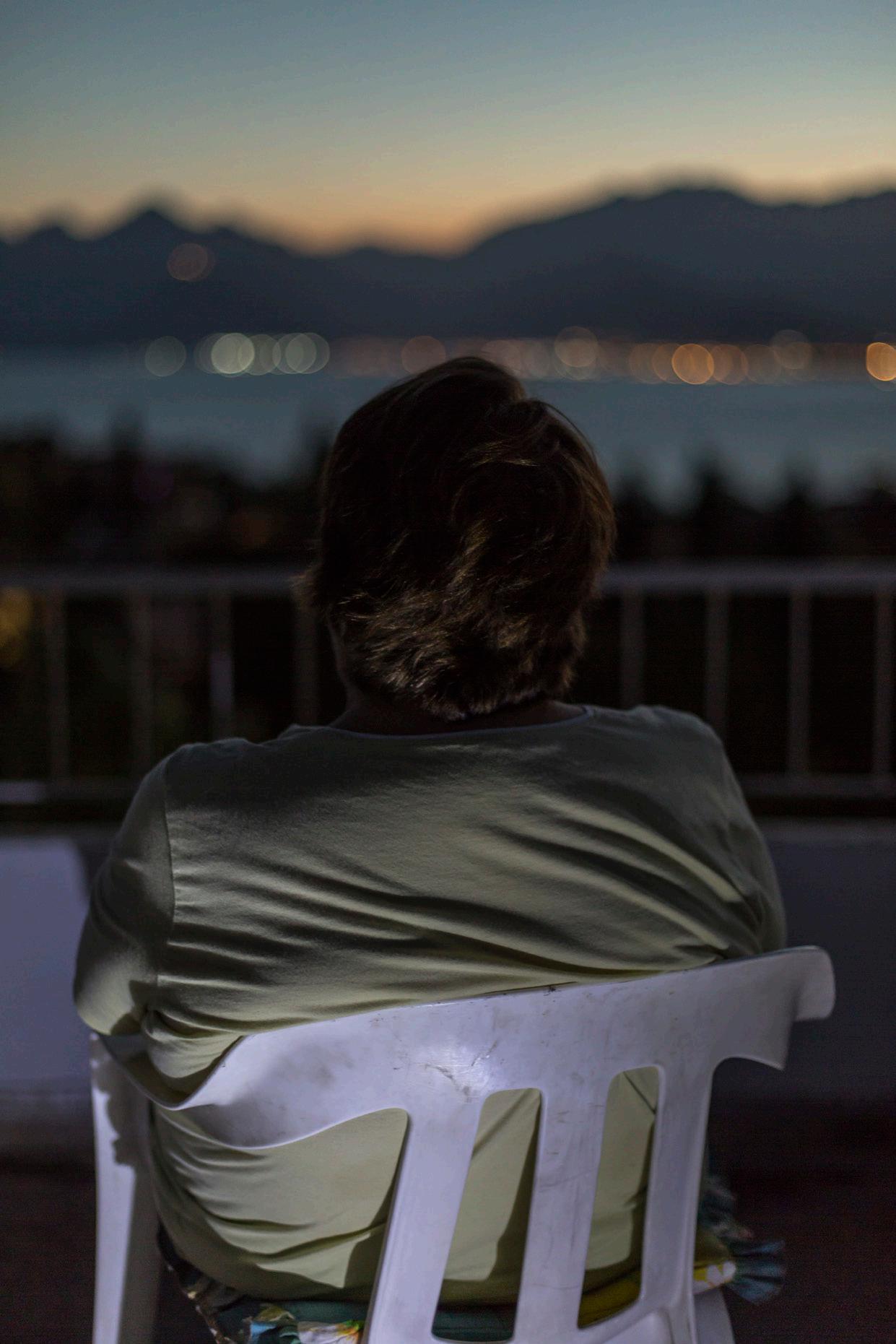

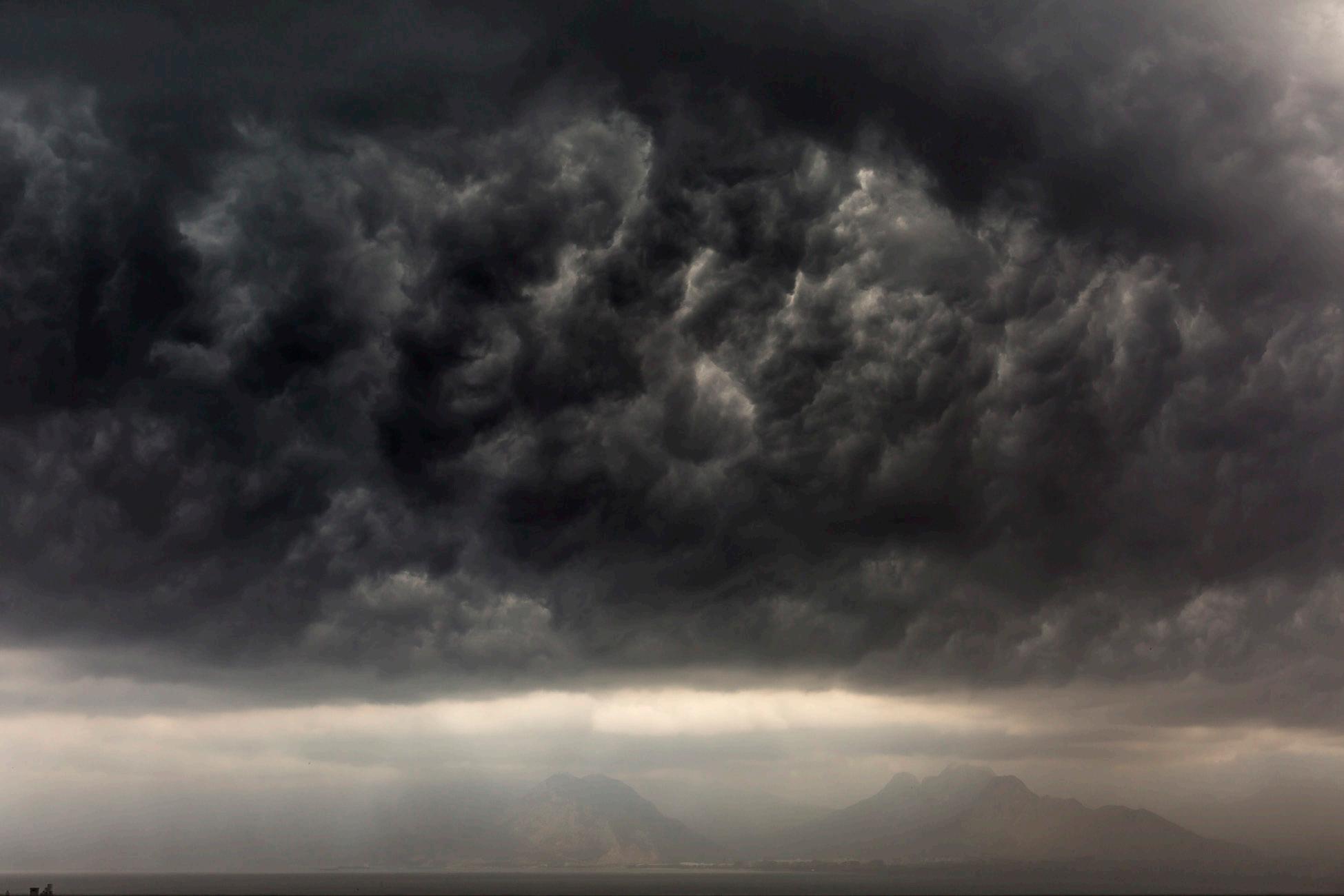
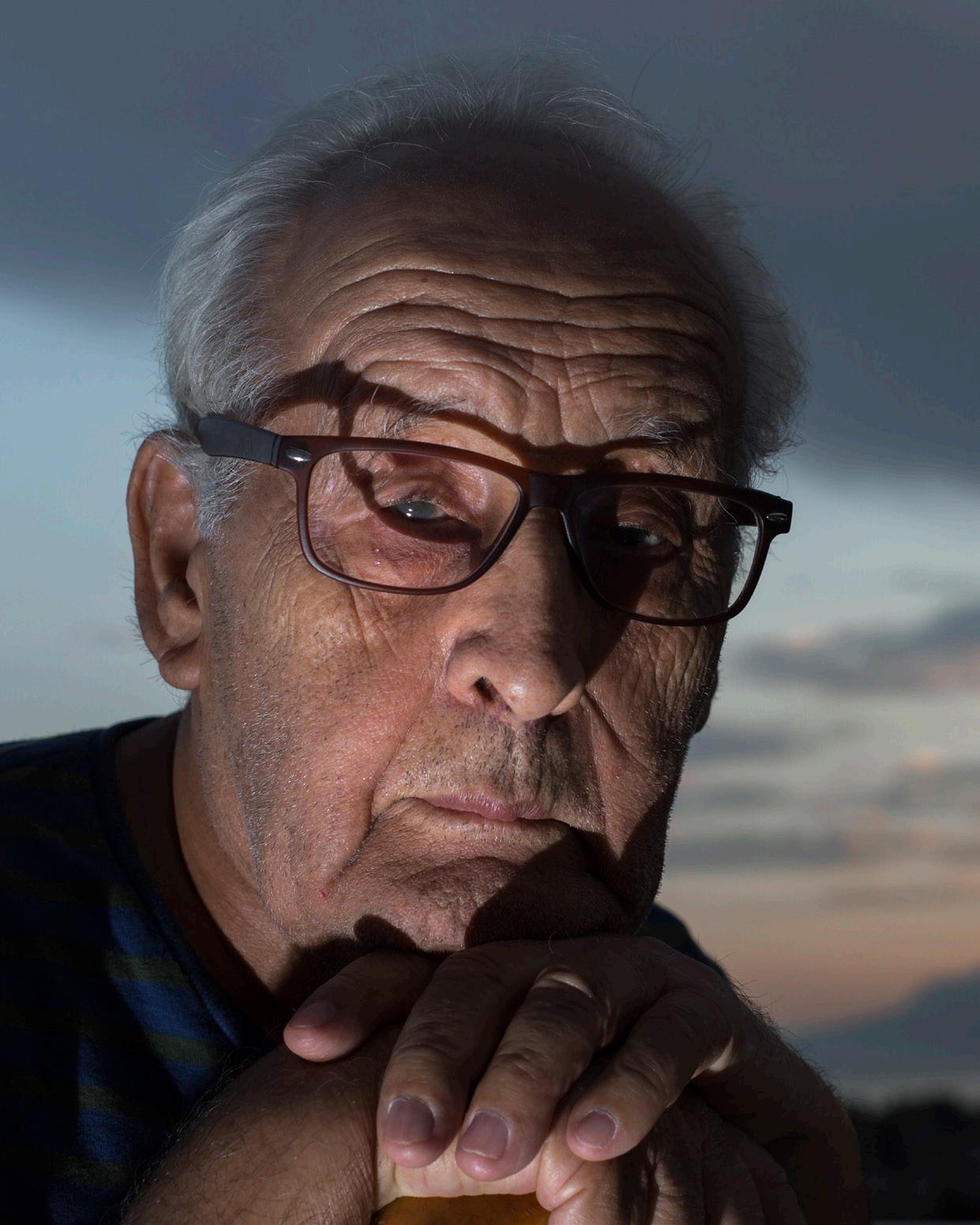






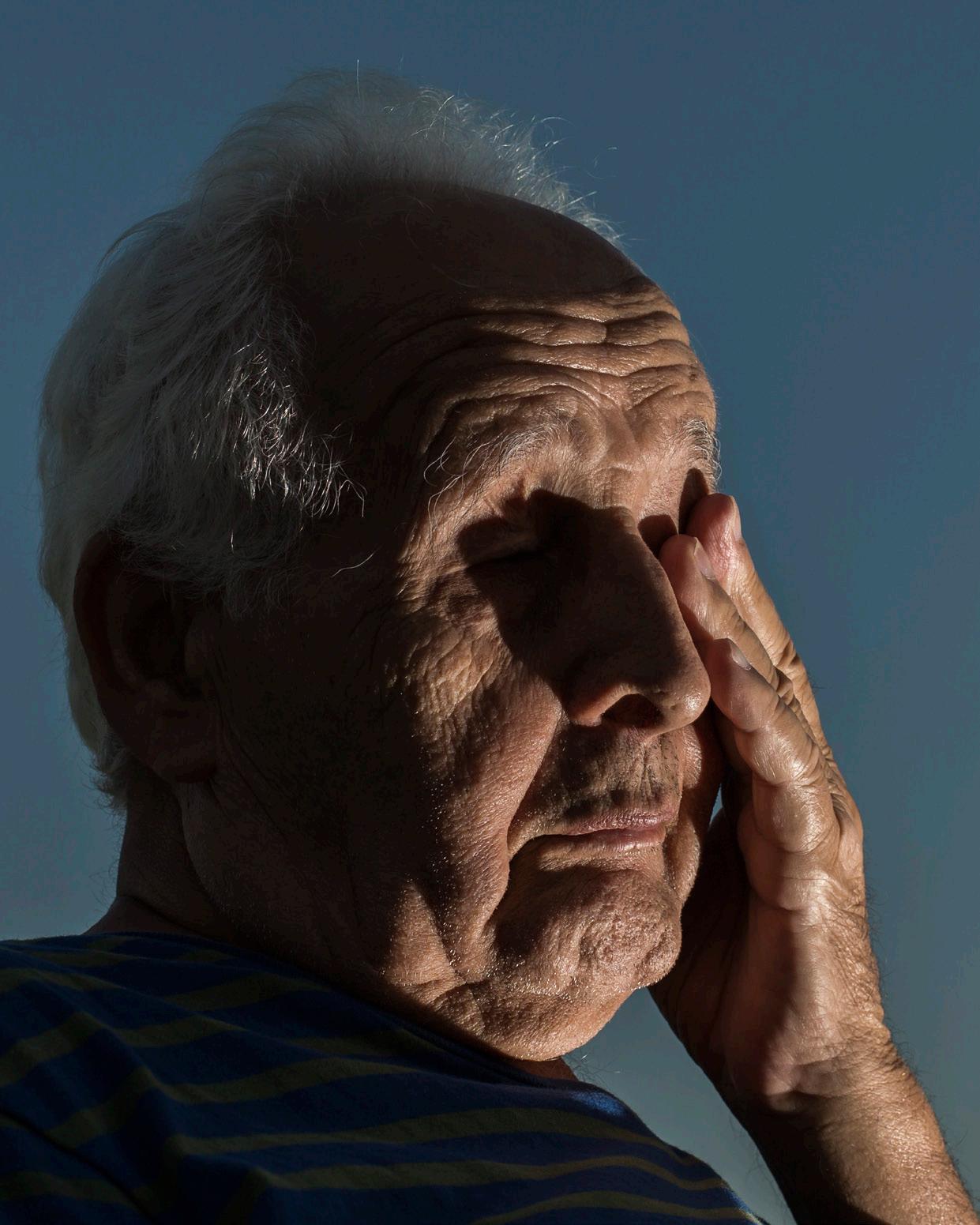


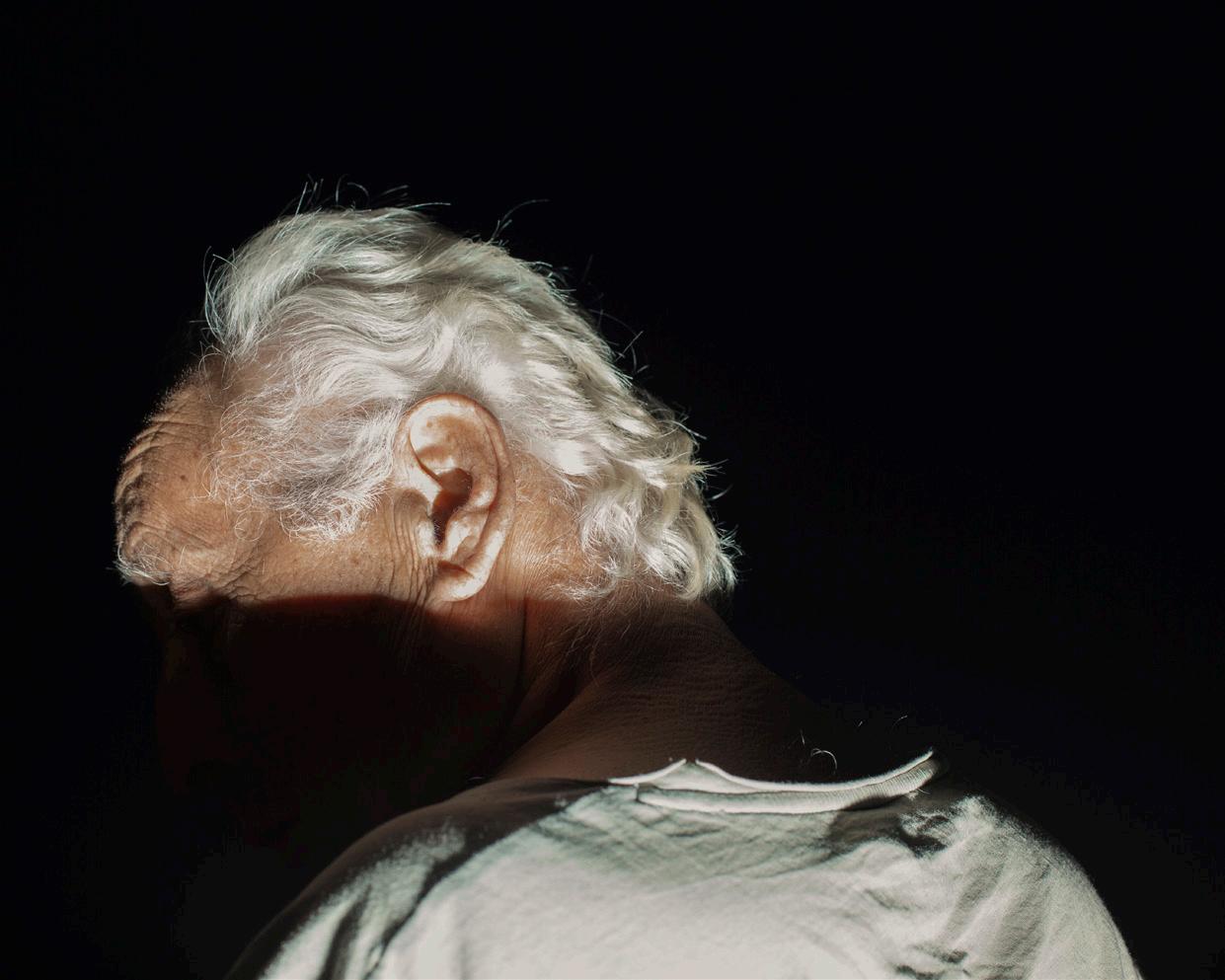



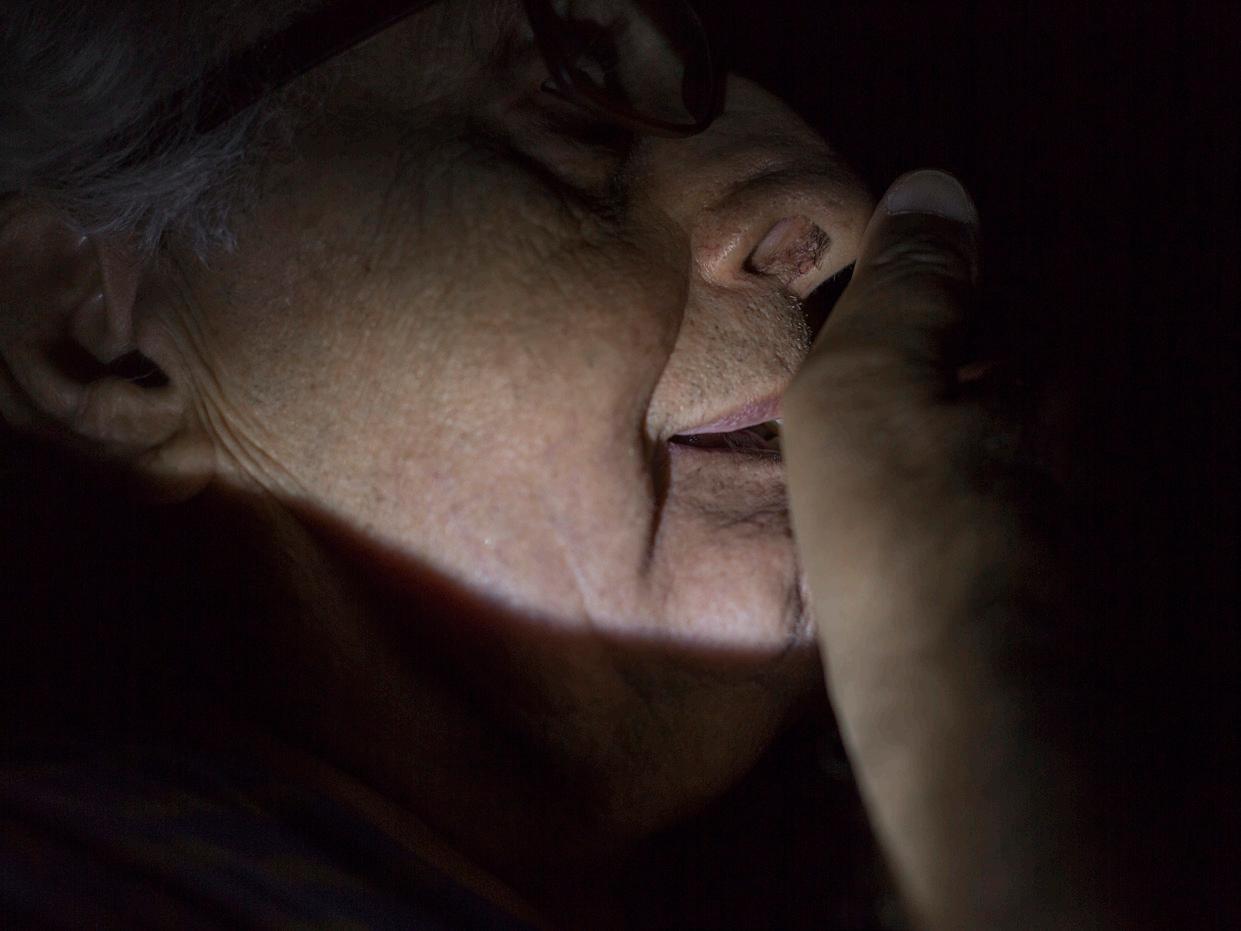



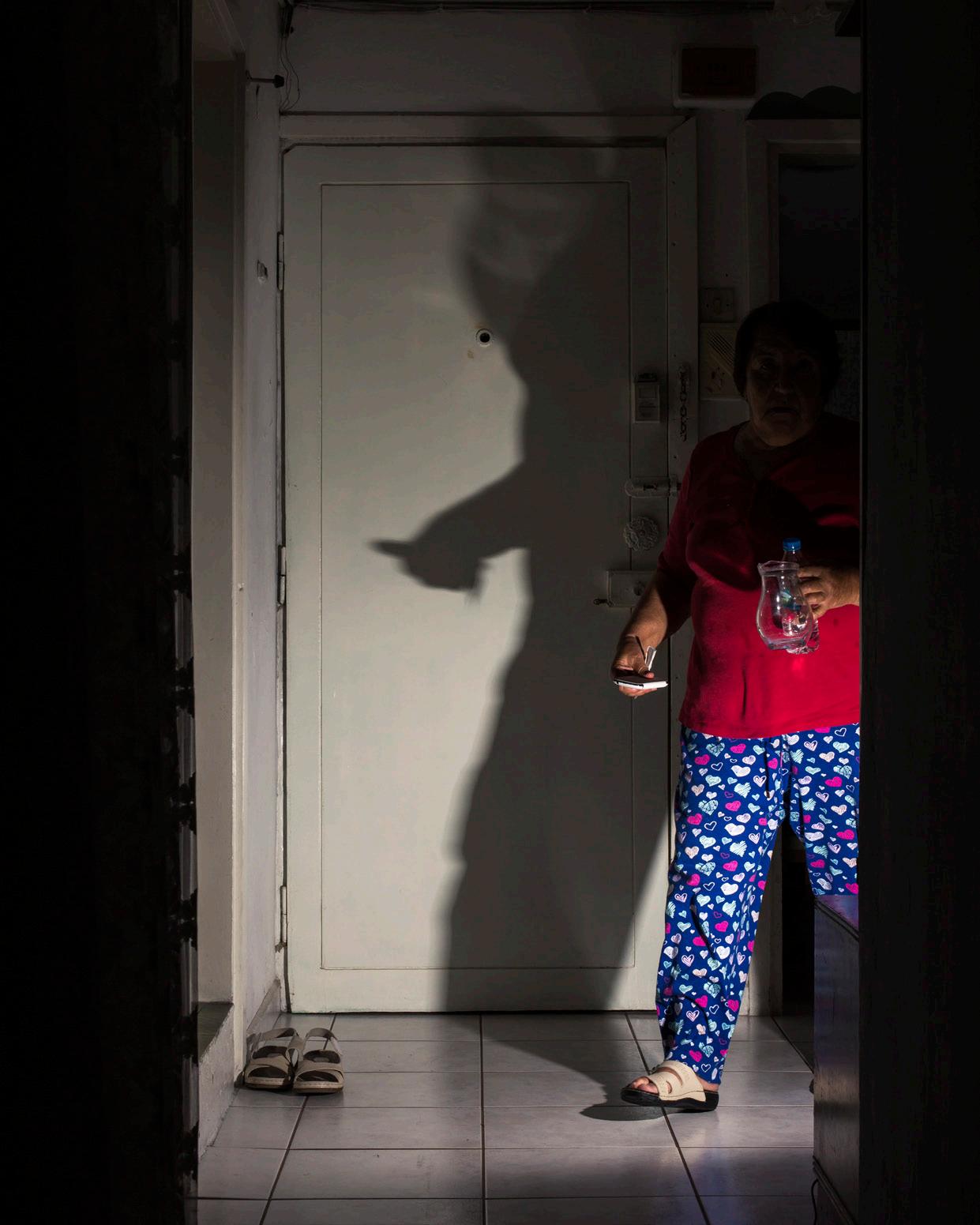



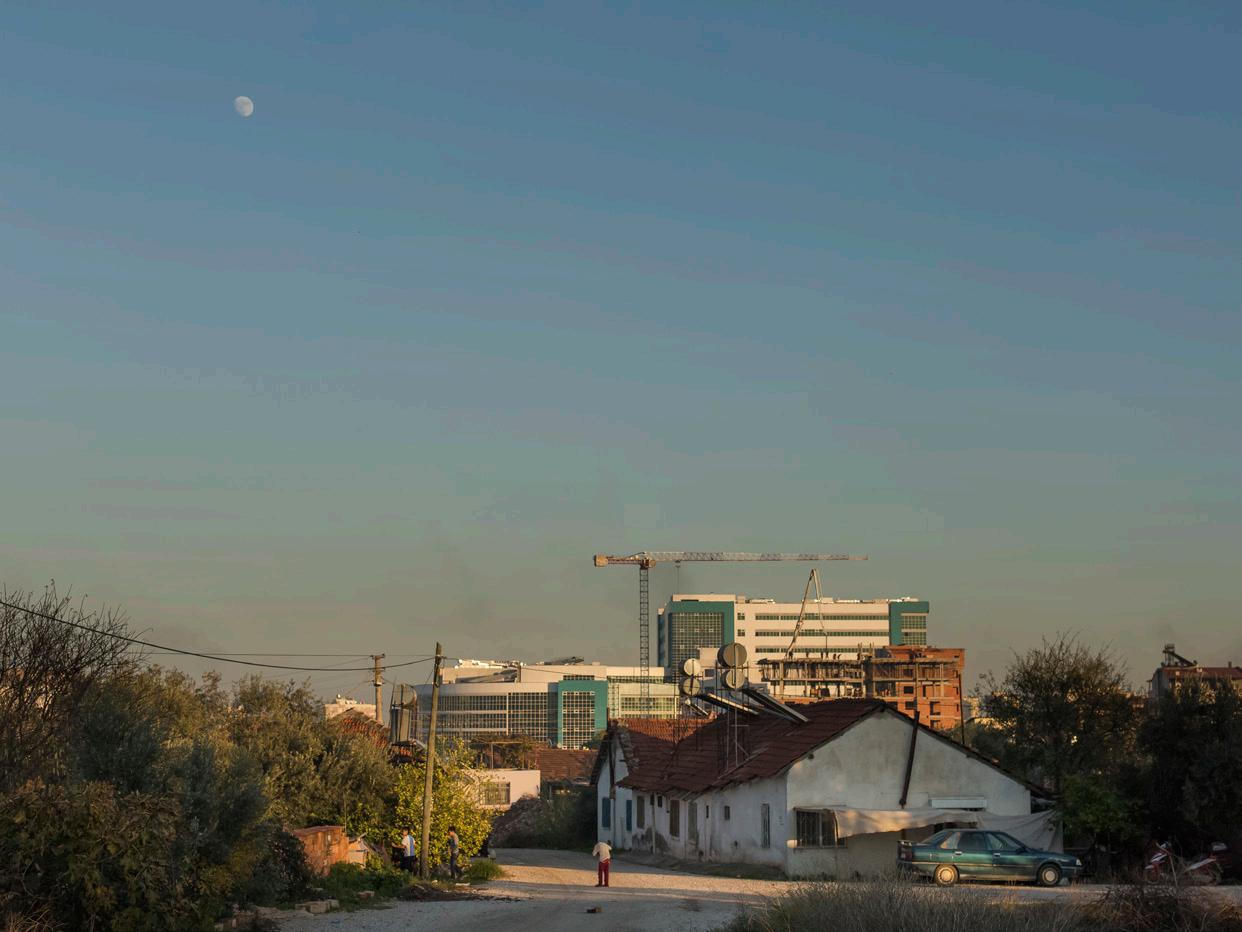
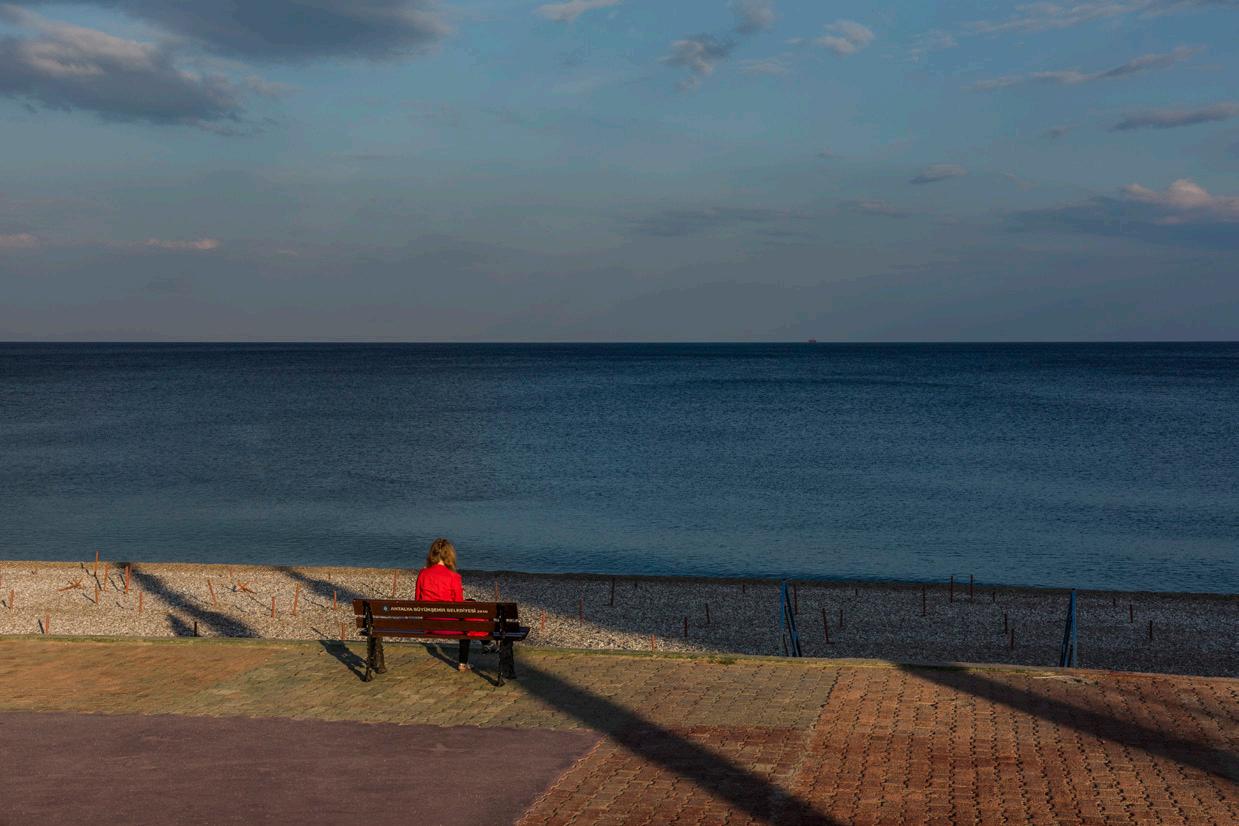





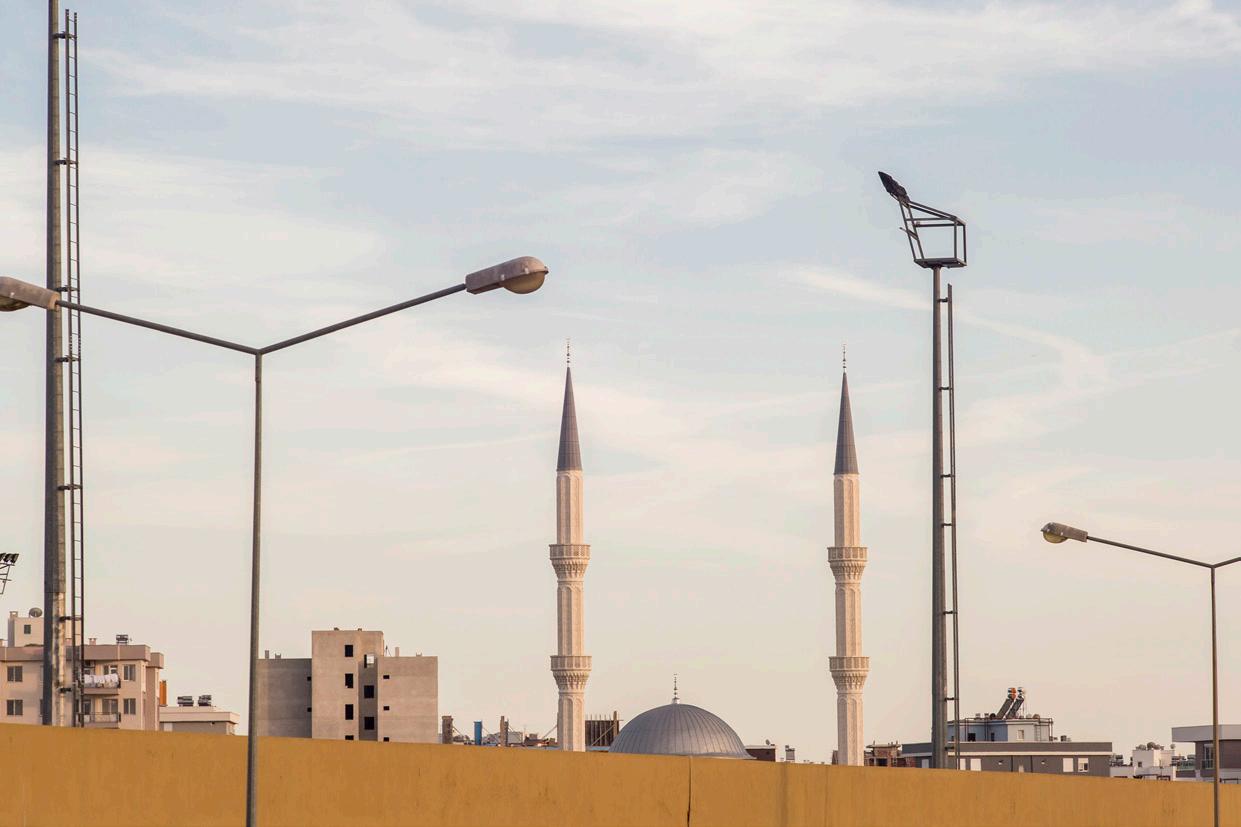



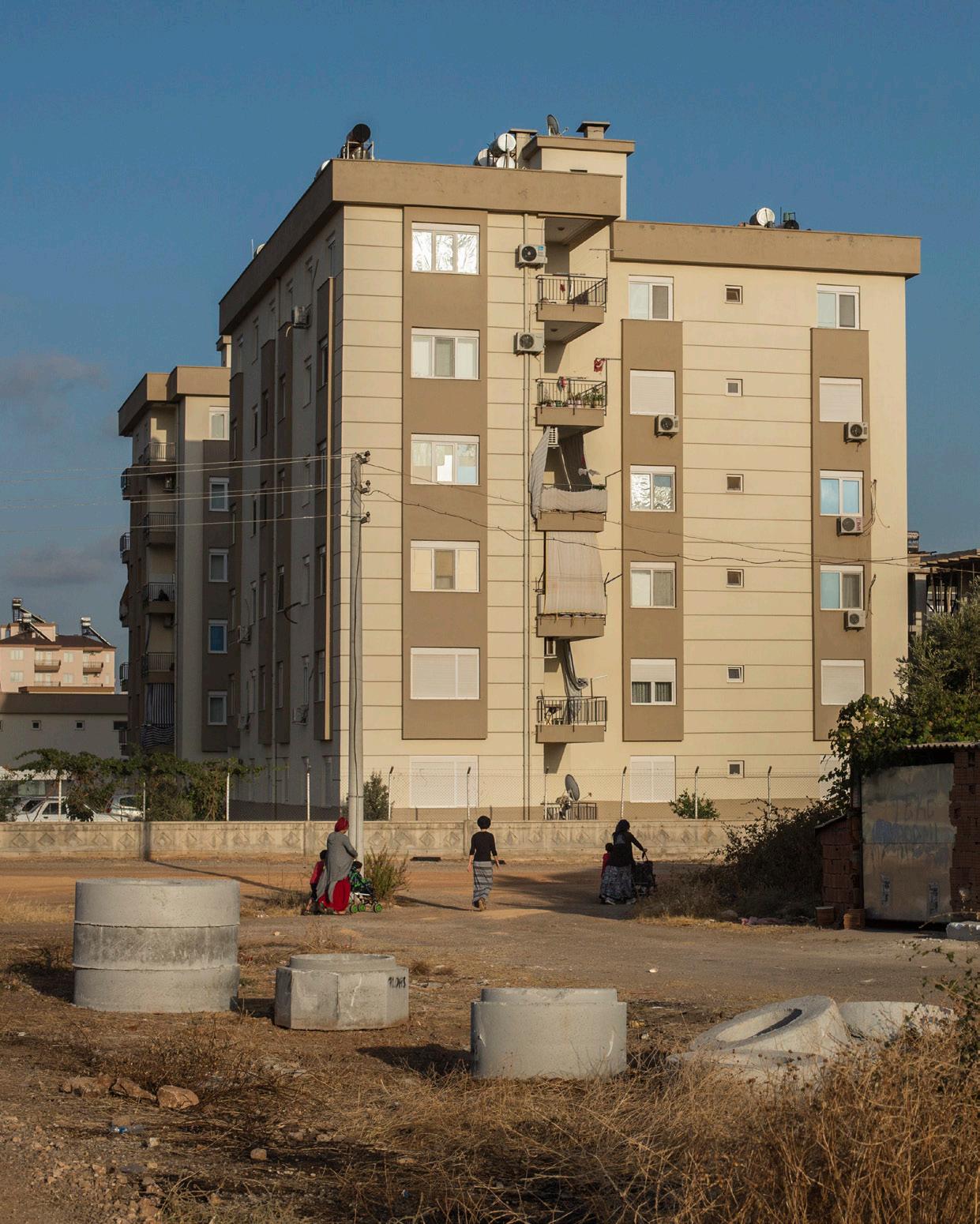
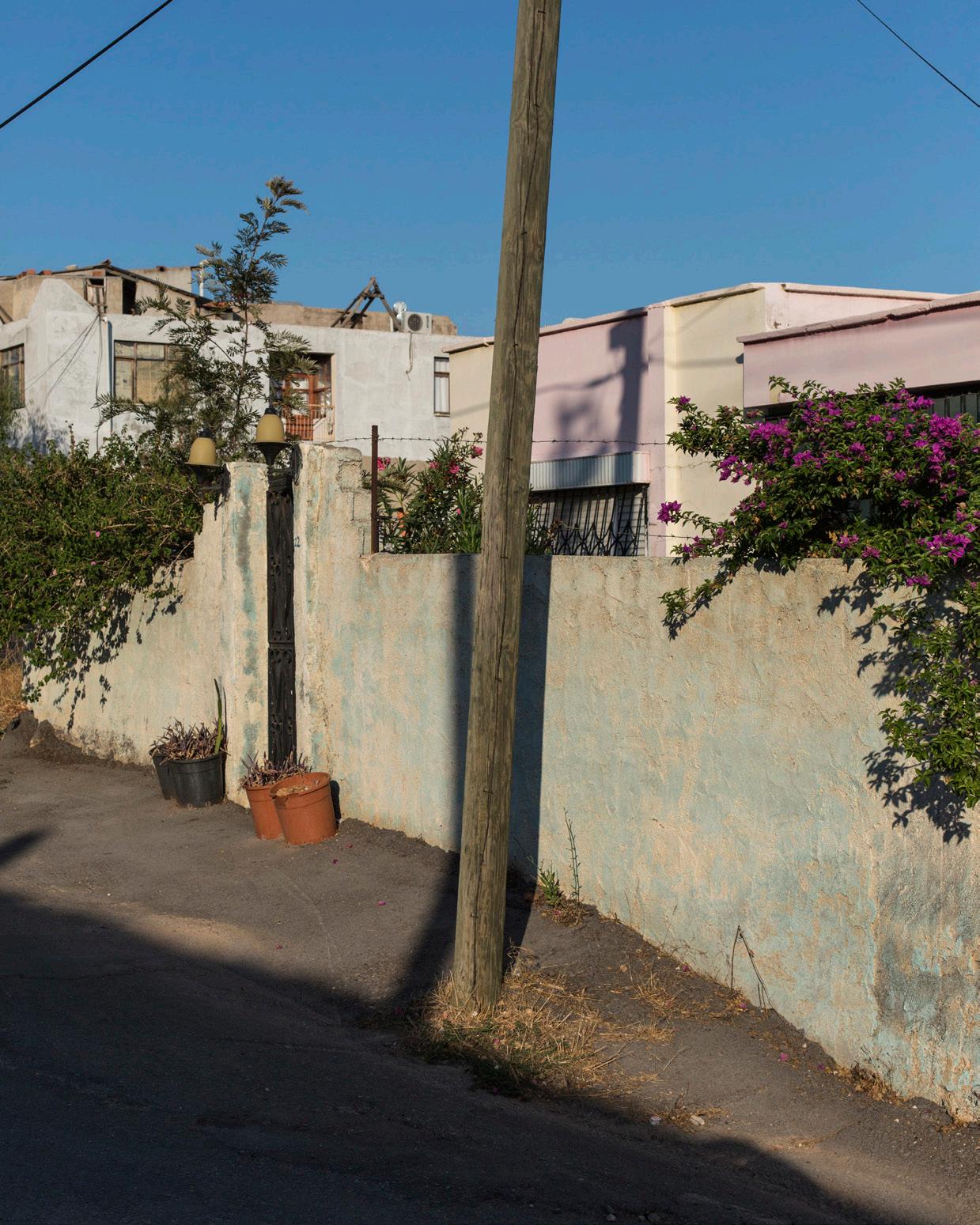



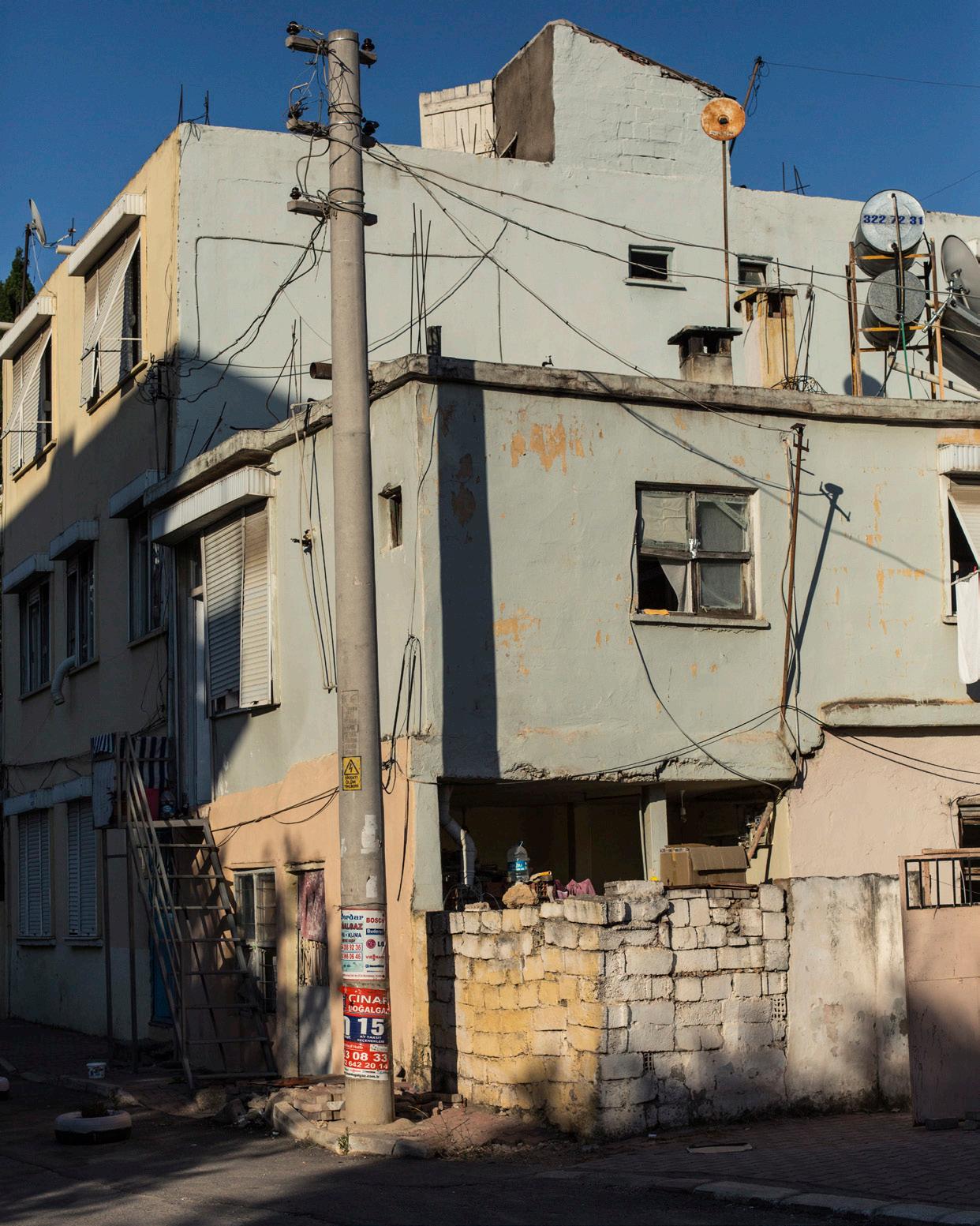

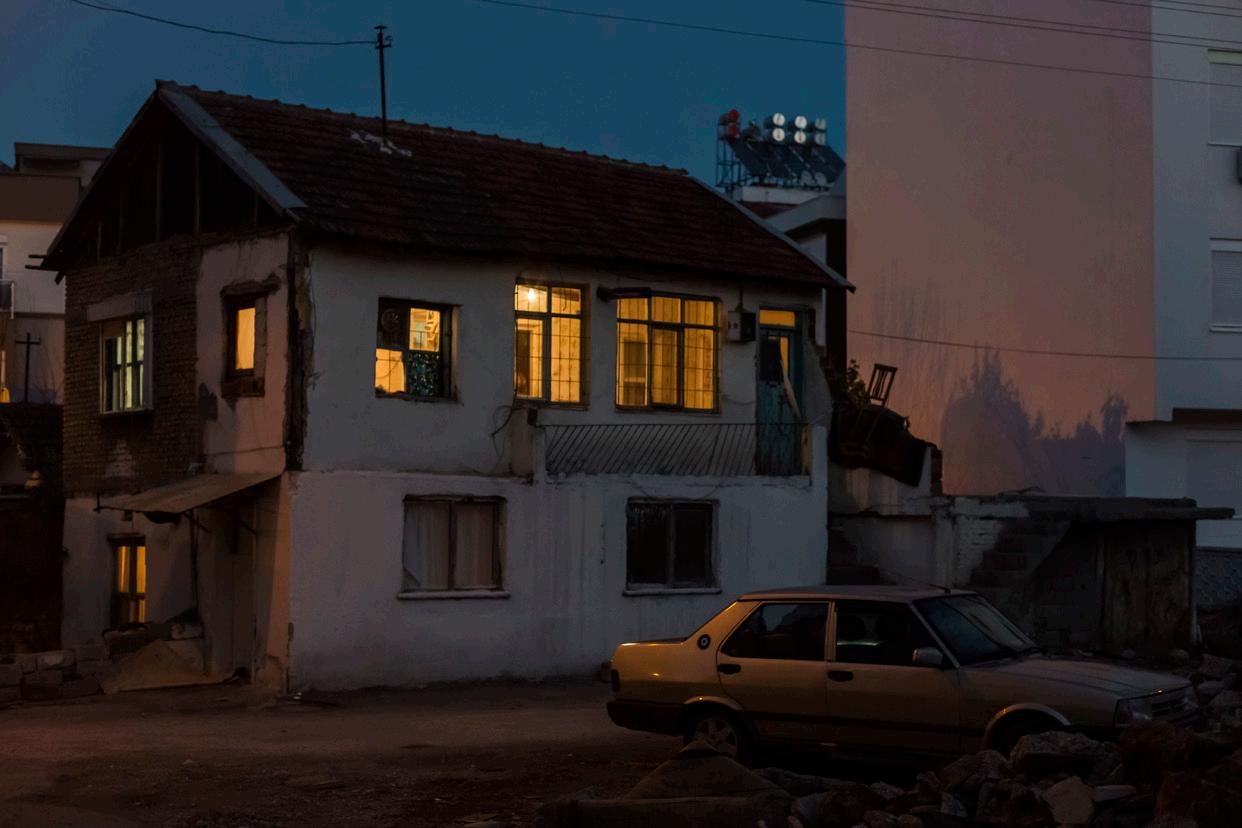

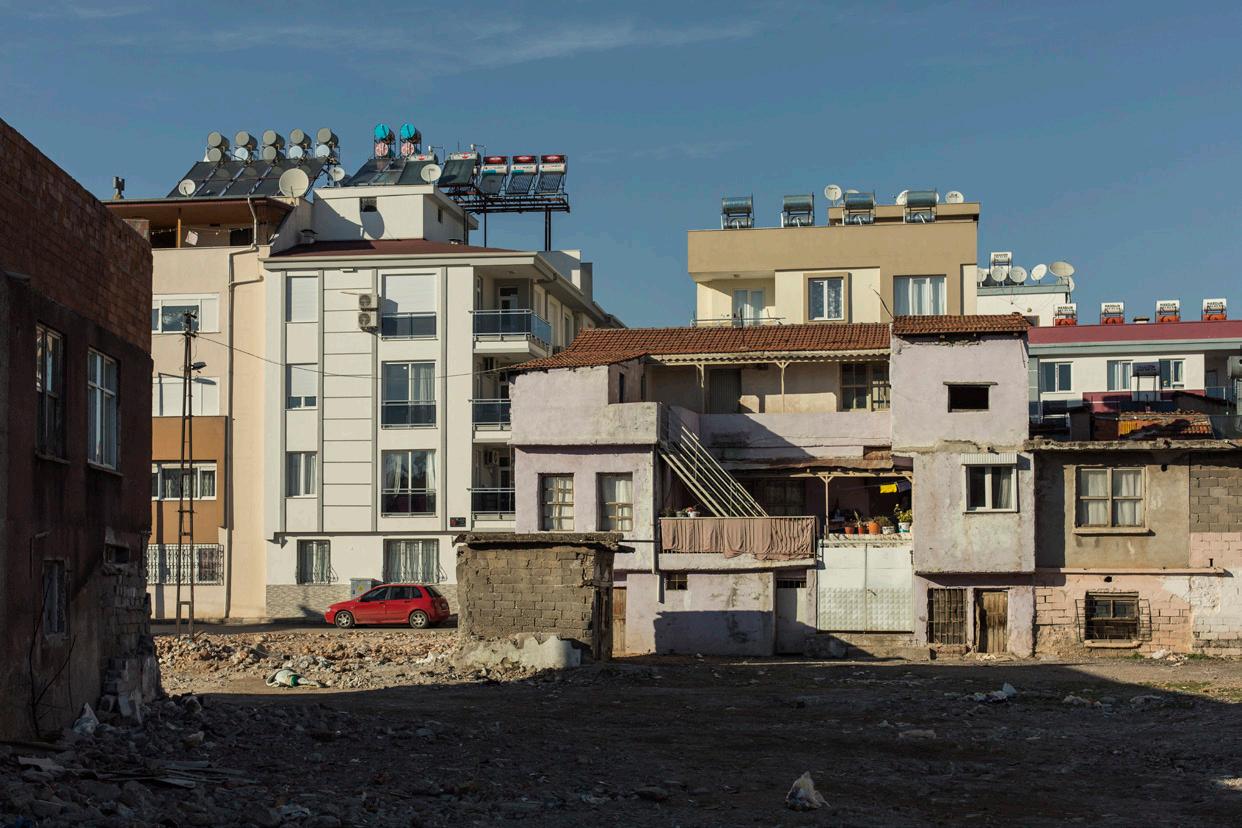




‘It was then that I saw the border separating crisis from enthusiasm. Because both crisis and enthusiasm fall to the same share of people. Both are the feelings of space and extent.’
He was born in Germany. He studied Painting at the Fine Arts Faculty of Hacettepe University and completed his master’s degree at the same university. He has since worked as a lecturer for many years in a number of different schools. He has been working in all fields of digital arts for about fifteen years and is continuing his Proficiency in Art on Photography books.
Cengiz Bodur is currently working as a lecturer at the Photography and Video Department of the Arts and Design Faculty of Arkın University of Creative Arts and Design (ARUCAD).
“Bunalımı coşkudan ayıran sınırı o zaman gördüm işte. Çünkü bunalım da coşku da aynı insanların payına düşer. Her ikisi de uzay ve uzam duygularıdır.”
Almanya’da doğdu. Hacettepe Üniversitesi Güzel Sanatlar Fakültesi’nde Resim okudu. Aynı üniversitede yüksek lisansını tamamladı. Farklı okullarda uzun yıllar eğitimci olarak çalıştı. Yaklaşık on beş yıldır dijital sanatların tüm alanlarında çalışmalarını sürdürmekle birlikte halen Sanatta yeterliliğini Fotoğraf kitapları üzerine yapmaktadır.
Cengiz Bodur, Arkın Yaratıcı Sanatlar ve Tasarım Üniversitesi’nde (ARUCAD) Sanat ve Tasarım Fakültesi Fotoğraf ve Video Bölümü’nde öğretim görevlisi olarak çalışmalarını sürdürmektedir.
Chairman Of Arkın Group/Arkın Group Yönetim Kurulu Başkanı: Erbil Arkın Art Director/Art Rooms Sanat Yönetmeni: Oya Silbery
Texts/Metinler: Pervin Yiğit, Oya Silbery
Translation-Proof Reading /Çeviri-Düzelti: Jenan Selçuk
Graphic Design/Grafik Tasarım: Oya Silbery
Publisher/Yayımcı: Art Rooms, Kyrenia/Girne Print /Baskı: Söylem Matbaacılık, Lefkoşa
First Edition/İlk Baskı: March/Mart 2018 500 copies printed/500 adet basılmıştır
Published/Yayınlandı Cyprus/Kıbrıs 2018 ISBN 978-9925-7410-0-7
Special Thanks/ Teşekkürler: Erbil Arkın, Metin Kadıoğlu, Cenk Karasoy, Jenan Selçuk, Jamie Silbery, Nazif Şentürk, Ömer Paker, Pervin Yiğit, Esra Plümer, Ahu Salahi and especially ve özellikle Turan Aksoy
© Art Rooms, Kyrenia/Girne, Cengiz Bodur, Oya Silbery, the authors/yazarlar, photography/fotoğraflar
9 March/Mart | 30 March/Mart 2018 www.artroomsatthehouse.com
Now, in my wisdom, if I use the word ‘city’, I use it not to put forward thoughts, but to indicate things that it fills in my heart and what experience has taught me: my loneliness in its narrow streets; the sharing of bread in its houses; the glory of its partial appearance viewed from the fields; it’s fascinating order viewed from the mountain hills… and also many other things that either I cannot say or I never thought about at that moment.
Şimdi, bilgeliğimde, ‘kent’ sözcüğünü kullanıyorsam, düşünce yürütmek için değil, yalnızca yüreğime doldurduklarını ve deneyimin bana öğrettiğini, daracık sokaklarında yalnızlığımı, konutlarında ekmeğin paylaşılmasını, ovada yarıdan görünüşünün şanını, dağların tepesinden hayran kalınan düzenini belirtmek için kullanıyorum. Bir de söyleyemediğim, o anda hiç mi hiç düşünmediğim birçok şeyleri.
 Antoine de Saint-Exupéry
Antoine de Saint-Exupéry